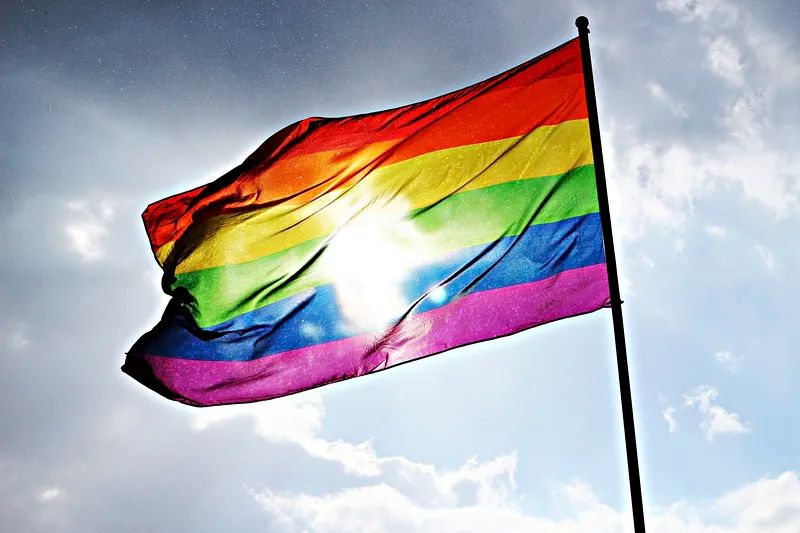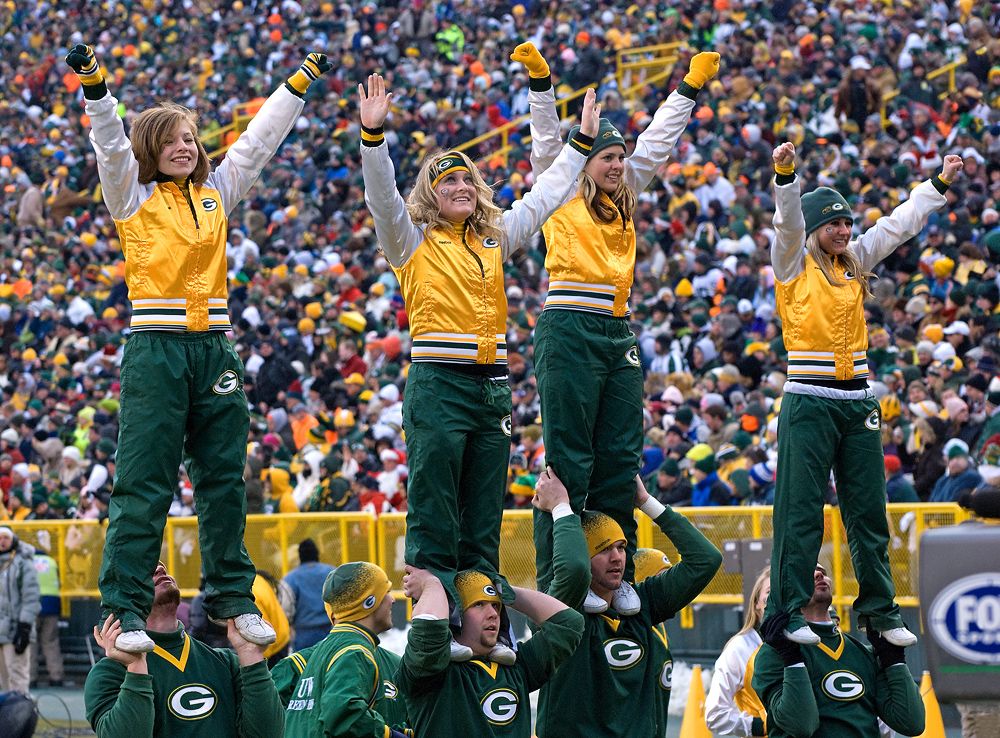
The professional sports landscape, often regarded as a reflection of broader societal shifts, has recently found itself at the center of a cultural debate sparked by the presence of male cheerleaders in the National Football League (NFL). What commenced as a move towards greater inclusion on the sidelines for teams such as the Minnesota Vikings has swiftly escalated into a heated online dispute, revealing deep – seated ideological divides within the league’s extensive fanbase and beyond. The sight of men performing alongside women on NFL cheerleading squads, although a burgeoning trend, has triggered a significant “online pile – on” from certain conservative factions.
This wave of outrage, frequently tinged with homophobic undertones, has underscored a persistent tension between evolving norms and traditional expectations within American culture, particularly as they intersect with the highly visible platform of professional sports. Figures from conservative media and former athletes have raised strong objections, characterizing the inclusion of male cheerleaders as a deviation from established gender roles and a symbol of what they perceive as broader cultural decline. These reactions highlight how seemingly minor changes in public presentation can elicit substantial pushback when they challenge long – held beliefs about gender and athleticism.
In response to this conservative backlash, NFL organizations, notably the Minnesota Vikings, have unequivocally supported their cheerleaders, emphasizing their talent, dedication, and the rigorous selection process that prioritizes skill over gender. This article delves into the origins of this controversy, examining the specific instances of outrage, the arguments advanced by critics, the robust defense mounted by the teams, and the historical and societal contexts that shed light on this ongoing struggle between tradition and progress on the NFL’s celebrated sidelines. We will explore how this particular flashpoint is intricately connected to wider discussions about gender, identity, and the future direction of sports in America.
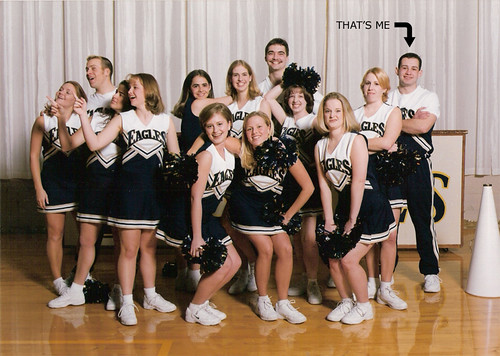
1. **The Genesis of Controversy: Minnesota Vikings’ Male Cheerleaders (Shiek and Conn)** The recent uproar largely centered around Blaize Shiek and Louie Conn, two male cheerleaders for the Minnesota Vikings. Their presence on the squad, which commenced its season in April, swiftly drew the ire of certain online factions last week. A video featuring the cheer team became a focal point for conservative commentators and former athletes, who reacted with what has been characterized as a “right – wing online pile – on,” expressing strong disapproval of men participating in NFL cheerleading. This targeted criticism transformed the individuals into symbols of a perceived cultural shift.
In the face of this onslaught of often homophobic hate online, Shiek and Conn responded with a remarkable display of resilience and humor. Blaize Shiek posted a picture on Instagram on Saturday, standing alongside his teammate Louie Conn, accompanied by the wry caption, “Wait…did someone say our name?” This response, while light – hearted, underscored their awareness of the controversy and their refusal to be silenced or intimidated by the online vitriol directed at them. Their defiant stance quickly resonated with supporters, who lauded their composure under pressure.
Their journey to the Vikings squad was grounded in long – standing aspiration and a passion for dance. Shiek, for instance, shared his personal connection to the team, stating, “I attended numerous Vikings games with my family, mainly my dad.” He reflected on his childhood dream: “I was definitely watching the cheerleaders, thinking, ‘I wish I could do that,’ serving as a role model for other little kids who don’t know that this is an option.” This personal narrative highlights the desire to break barriers and inspire future generations, viewing his role not just as a performer but as a pioneer.
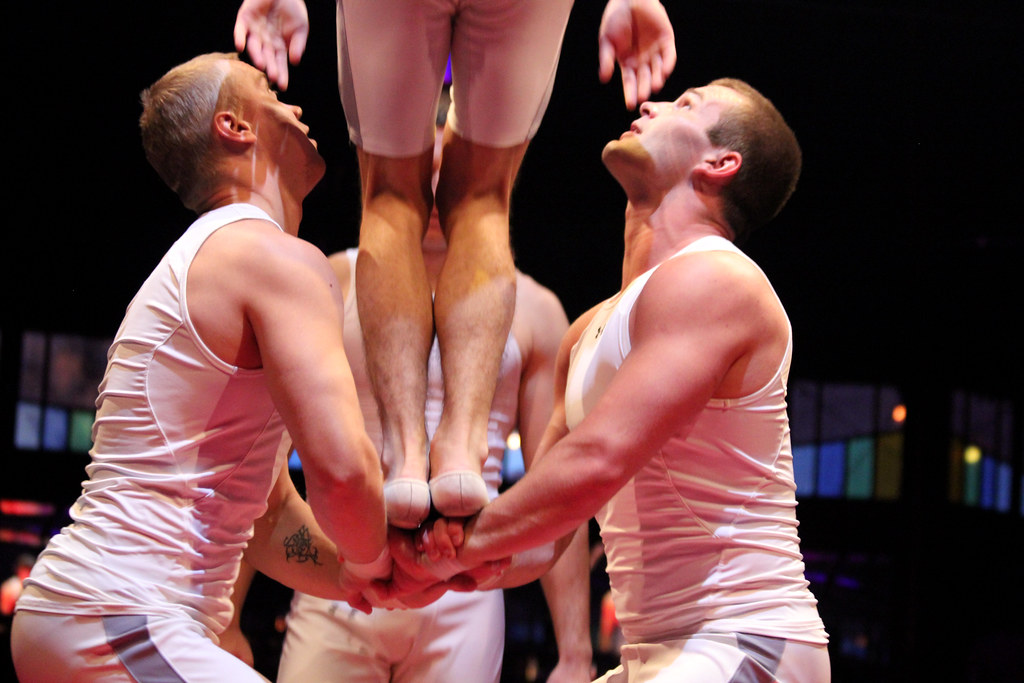
2. **The Outcry from Conservative Voices: Specific Examples** The online reaction from conservative circles was prompt and frequently severe, manifesting itself in public statements and social media posts that condemned the presence of male cheerleaders. Actor Kevin Sorbo, a well – known conservative, conveyed his disillusionment with the Minnesota Vikings, writing on X, “I’ve been a Vikings fan all my life… sigh. I need a new team now.” His comment reflected a sense of betrayal and a desire to disengage from a team he felt was diverging from traditional norms, encapsulating the sentiment of many who regarded this as an unwelcome change in the sport.
Another prominent figure in the conservative media sphere, commentator Jesse Kelly, characterized the situation in more bellicose terms. Responding to a video of the cheer team, Kelly wrote on X, “Don’t think for a second the enemy is defeated. We have finally begun to fight back. We are finally engaged. Smile about that. But we have much, much work to do.” This rhetoric implies that the inclusion of male cheerleaders is not an isolated incident but part of a broader ideological struggle, urging his followers to view it as a front in a wider cultural conflict against progressive alterations.
The outrage also witnessed former NFL wide receiver Antonio Brown join the ranks of critics, though his input was tainted by the use of a homophobic slur. On X, Brown responded to a video of Louie Conn performing, employing derogatory language that further exacerbated the offensive and discriminatory nature of some of the backlash. Such remarks not only reveal deep – seated prejudices but also contribute to a hostile atmosphere for the cheerleaders, highlighting the serious personal impact of these public condemnations and the perilous rhetoric adopted by some critics.
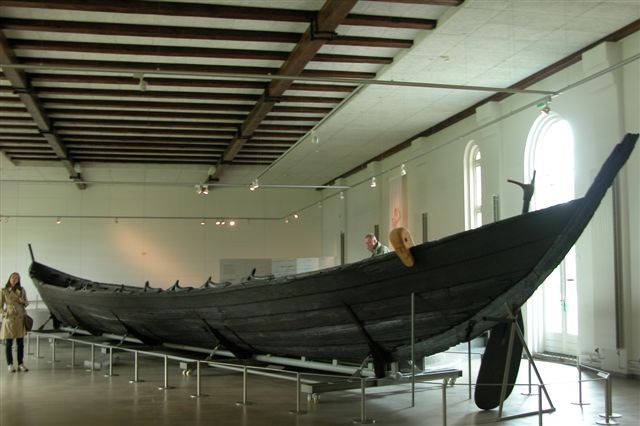
3. **The Vikings’ Stance: Organizational Support and Rationale** In the face of the escalating online outrage, the Minnesota Vikings organization promptly rallied behind Blaize Shiek and Louie Conn, issuing a resolute statement of support. The team underscored the meritocratic nature of their cheerleading program, asserting, “Every member of the Minnesota Vikings Cheerleaders program possesses an impressive dance background and has undergone the same rigorous audition process.” This declaration directly countered narratives implying that male cheerleaders were included for reasons other than skill or qualification, highlighting that talent and dedication are the exclusive criteria for selection.
The Vikings further elaborated on their unwavering support, stating, “We stand firmly behind all our cheerleaders and take pride in the role they fulfill as ambassadors of the organization.” This statement not only served as a defense of Shiek and Conn but also reinforced the team’s commitment to inclusivity and the significance they attach to every individual member of their cheerleading squad. By explicitly recognizing the ambassadors’ role, the organization emphasized that its cheerleaders embody the team’s values and image, stressing that these values encompass embracing diverse talent on the field.
Subsequent statements reiterated this stance, clarifying that “While numerous fans may be witnessing male cheerleaders for the first time at Vikings games, male cheerleaders have been an integral part of previous Vikings teams and have long been associated with collegiate and professional cheerleading.” This historical context aimed to normalize the presence of men in cheerleading, presenting it not as a radical shift but as a continuation of established traditions within the broader cheerleading sphere. The franchise explicitly stated, “Individuals were chosen because of their talent, passion for dance, and dedication to enhancing the game – day experience,” solidifying their performance – based rationale.
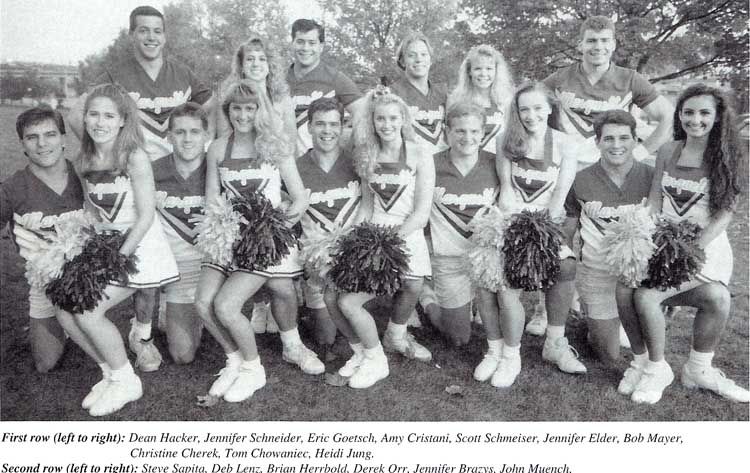
4. **The Emergence of Male Cheerleaders in the NFL: A Recent Trend Since 2018** While the recent controversy has garnered widespread media attention, the inclusion of male cheerleaders in the NFL is not an entirely novel phenomenon; rather, it represents a steadily expanding trend that commenced in the 2018 season. This pioneering shift was initiated by the Los Angeles Rams, who emerged as trailblazers in incorporating men into their dance squad. Their audacious move marked a significant departure from the long – established tradition of exclusively female cheerleading teams within the league, signaling a contemporary evolution in the perception and role of NFL performers.
Since 2018, this practice has gained substantial momentum across the league. At present, roughly one – third of NFL teams have male dancers on their cheer squads, demonstrating a discernible shift in recruitment practices and an increasing acceptance of gender diversity in this role. Although this steady growth still represents a minority, it indicates a deliberate and ongoing effort by franchises to diversify the composition of their sideline entertainment, embracing talent from a broader spectrum of performers, irrespective of traditional gender expectations.
The expansion of male cheerleaders is poised to continue, with reports indicating a substantial increase in the upcoming seasons. For instance, the New Orleans Saints are reportedly set to feature a total of 12 men among their 47 performers on the 2025 Saints Cheer Krewe Roster. This notable expansion within a single team, where three women were replaced by men following try – outs, exemplifies a proactive adoption of this trend by franchises, moving beyond tokenistic inclusion to integrate male performers as a significant element of their cheerleading programs.
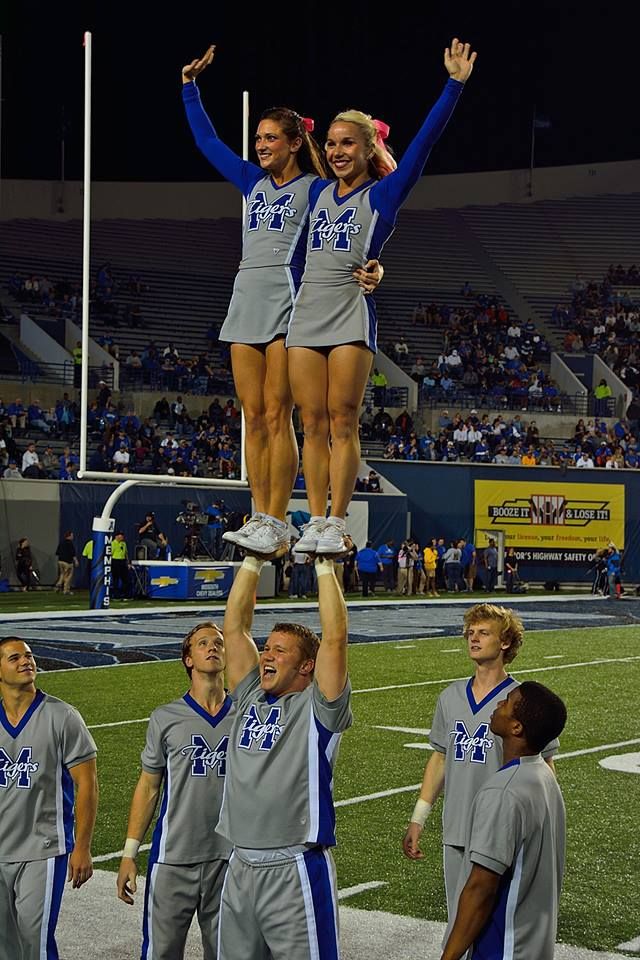
5. **Historical Precedent: Male Cheerleaders in Collegiate and High School Sports** Despite the perception of male NFL cheerleaders as a novel or radical departure, the presence of men in cheerleading has a long and rich history at other levels of the sport. Male cheerleaders have constituted an integral part of collegiate and high – school cheer teams for many decades, executing stunts, performing tumbling, and leading crowds with enthusiasm. This extensive history at the foundational levels of American sports provides a crucial context, demonstrating that male participation in cheerleading is far from unprecedented and is, in fact, deeply embedded in the very fabric of the activity.
Indeed, the origins of cheerleading itself can be traced back to all – male roots in the late 19th and early 20th centuries, when it emerged as an exclusively male activity at colleges. While the sport has evolved to become predominantly female, men have never entirely vanished from its ranks, especially in the more athletic and acrobatic aspects of collegiate competitive cheer. This historical perspective serves to challenge the notion that cheerleading is inherently or exclusively a female domain, providing a counter – narrative to the surprise and outrage expressed by some critics.
Adding further historical gravitas to the discussion, several former Republican presidents were once cheerleaders themselves, highlighting the extent to which male participation was integrated in the past. George W. Bush, Ronald Reagan, and Dwight Eisenhower all took part in cheerleading during their youth. This historical detail underscores that the concept of male cheerleaders is not a new invention or a solely progressive development; rather, it is a practice with a venerable heritage, even among figures often associated with conservative values.
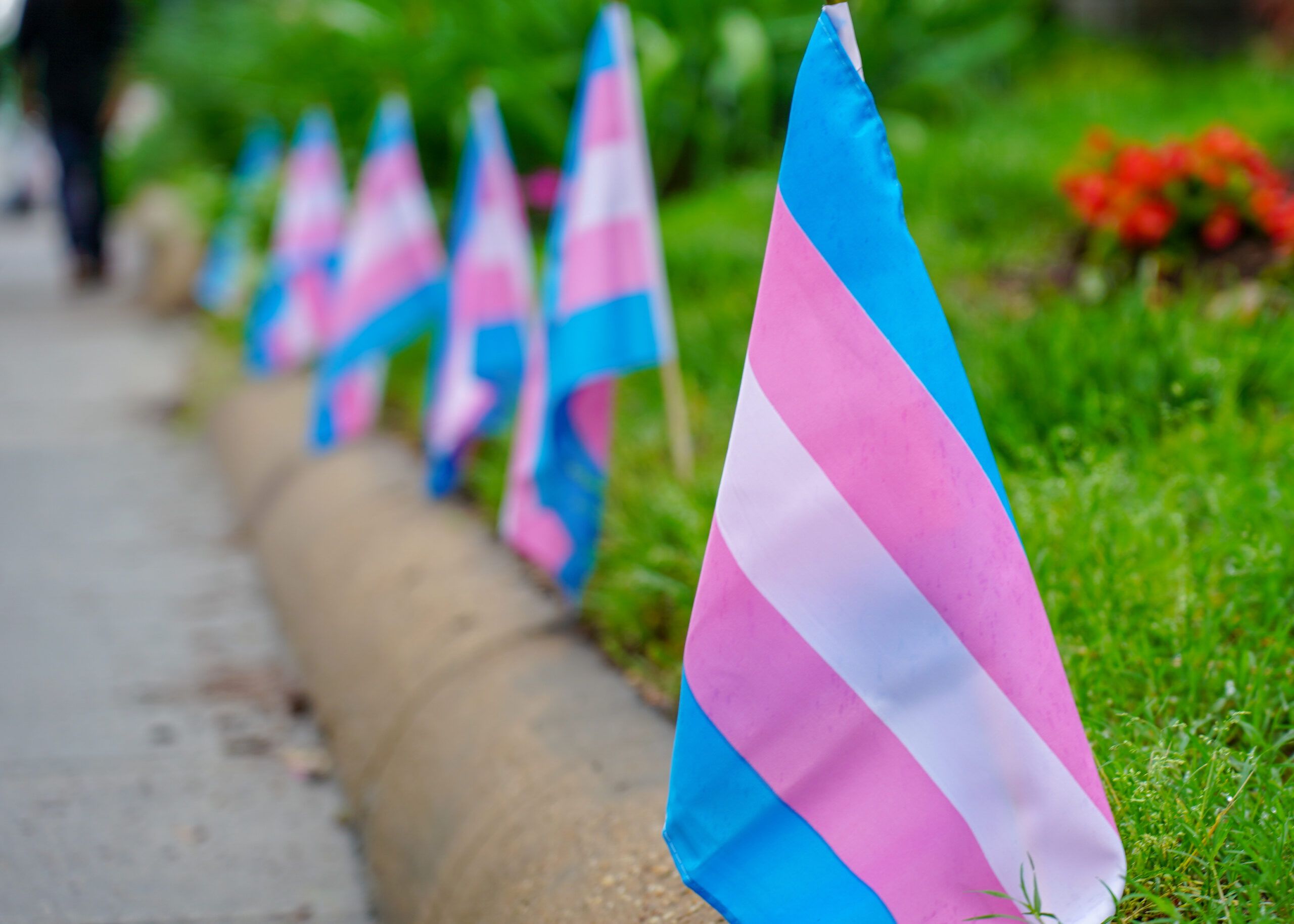
6. **Broader Context: Conservative Push on Gender Norms in Sports (Transgender policies)** The intense reaction to male NFL cheerleaders is not an isolated incident; rather, it represents a specific flashpoint within a broader, ongoing conservative movement aimed at reinforcing traditional gender norms across various sectors of professional and amateur sports. This wider agenda endeavors to re – establish and strictly define gender – based roles, particularly in areas where contemporary social movements have championed greater inclusivity and fluidity. Consequently, the cheerleading debate can be understood as a manifestation of this larger cultural and political struggle that extends well beyond the sidelines.
A significant facet of this broader push has been the endeavor to restrict the participation of transgender individuals in sports, especially transgender girls and women in women’s sports. For instance, in February, the Trump administration signed an executive order specifically targeting schools and athletic organizations with the aim of barring transgender girls and women from competing in women’s sports. This move reflects a concerted effort to codify and enforce gender segregation in athletic competitions based on biological sex assigned at birth, often citing concerns about fairness and competitive balance, irrespective of gender identity.
Echoing these directives, major collegiate athletics conferences have instituted their own restrictions. Both the NCAA and NAIA collegiate athletics conferences have prohibited trans women from competing in women’s sports. These policies, driven by a desire to uphold what proponents regard as traditional categories, exemplify the pervasive nature of this conservative push across different levels of sports governance. The outrage over male cheerleaders thus aligns with a consistent pattern of resistance to gender – inclusive changes, positioning the sideline controversy as part of a far – reaching, coordinated effort to define and control gender roles in sports.

7. **NFL’s Balancing Act: Progressive Messaging vs. Conservative Fanbase** The controversy surrounding male cheerleaders places the NFL in a familiar yet increasingly complex position, wherein it has to balance calls for progressive messaging and practices against the often more conservative ideals of large segments of its fanbase and ownership class. The league operates on a massive cultural platform, and its actions and policies are scrutinized from all political perspectives, compelling it to tread a narrow path between modernization and the preservation of traditional appeal. This delicate equilibrium poses a constant challenge for an institution that is deeply embedded in American popular culture.
In recent years, the NFL has been embroiled in other highly publicized controversies that exemplify this inherent tension. A salient example is the widespread debate that unfolded throughout the 2016 season involving then – San Francisco 49ers quarterback Colin Kaepernick and other Black players who took a knee during the national anthem to protest systemic racism. This act of protest, while being lauded by many as a powerful stance for social justice, was met with fierce backlash from conservative politicians, media, and a significant portion of the league’s fanbase, who regarded it as disrespectful to the flag and the military.
Kaepernick himself has expressed his belief that the protest ultimately cost him his place in the league, underscoring the severe professional repercussions that can ensue when athletes or organizational practices come into conflict with powerful conservative sentiments within the NFL ecosystem. This historical precedent underscores the formidable pressure the league confronts when social and political issues intersect with its operations, making the current defense of male cheerleaders another pivotal moment in its ongoing endeavor to define its identity and values in a rapidly evolving world. The league’s handling of this current controversy will undoubtedly shape its future approach to diversity and inclusion initiatives.
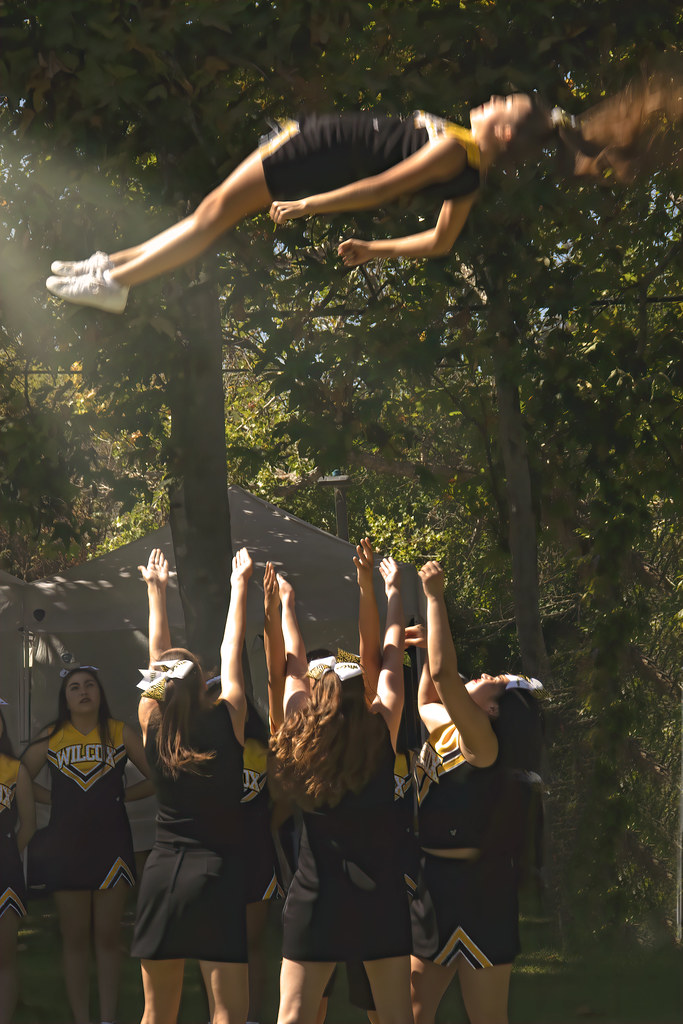
8. **Specific Conservative Arguments Beyond Social Media** Beyond the immediate social media outrage, more formalized conservative voices have articulated specific concerns regarding the presence of male cheerleaders in the NFL. Republican congressman Clay Higgins, for instance, posited that the NFL’s embrace of such changes signified a disregard for its conservative audience. He provocatively remarked, “I don’t think the NFL actually desires conservatives to watch their football games. And I must say if that’s the NFL business model, they’re performing exceedingly well,” implying a deliberate alienation of a segment of its traditional viewership.
Further expounding on these concerns, former NFL placekicker Jay Feely expressed a stance centered on the protection of women’s sports. Feely inquired, “Why are we attempting to have men replace women in sports? It’s not safe and it’s unfair.” His argument hinged on the perceived threat to female athletes and women’s spaces, vowing to be “a fearless defender of girls’ sports” should he enter Congress. These statements transcend simple disapproval, articulating a broader ideological framework that interprets the inclusion of male cheerleaders as part of a larger, unwelcome societal transformation affecting established gender roles and perceived competitive fairness in athletics.
Such arguments highlight a deeper philosophical resistance to gender fluidity in highly visible public arenas like professional sports. They reflect concerns that changes perceived as progressive may, in fact, erode existing categories and protections, particularly for women. This perspective frames the issue not merely as a matter of personal preference but as a systemic challenge to what these voices regard as foundational societal structures, thereby deepening the ideological divide surrounding the topic.
Read more about: Supreme Court Navigates Digital Age: Kavanaugh Signals Constitutional Doubts on State Social Media Laws

9. **Defenses of Inclusion and Counter-Arguments** In stark contrast to the conservative critiques, prominent voices have emerged to defend the inclusion of male cheerleaders, often critiquing the priorities and perceived hypocrisy of the backlash. Joy Taylor, a Fox Sports presenter, acutely questioned the focus of the conservative outrage, writing on social media, “So teaching kids that slavery was not a significant issue is deemed acceptable, but male cheerleaders are where ‘conservatives’ draw the line.” Her comment, accompanied by laughing emojis, not only underscored a perceived inconsistency in conservative concerns but also dismissed the controversy as “outrage over nothing,” noting that male cheerleaders are not a novel phenomenon.
Another voice, Sharron Davies, a campaigner for women’s rights in sport, presented a pragmatic defense grounded in the principles of equality. Davies declared, “I’m entirely in favor of this. We females cannot have it all our own way; if we desire equality, it must operate in both directions.” This perspective advocates for a consistent application of egalitarian ideals, suggesting that if women seek equal opportunities in traditionally male – dominated fields, then men should similarly have access to roles historically performed by women. Her argument accentuates the notion that true equality necessitates reciprocal openness to opportunities across genders.
These counter – arguments function to reframe the debate, shifting the focus from an imagined erosion of tradition to a more consistent embrace of inclusion and equity. By highlighting the historical presence of male cheerleaders and challenging the selective nature of the outrage, proponents of inclusion contend that diversity on the sidelines is not a departure from core values but rather an evolution that reflects broader societal progress. Their defense emphasizes merit, equal opportunity, and a more comprehensive understanding of who can embody the spirit and athleticism of a cheerleading squad.
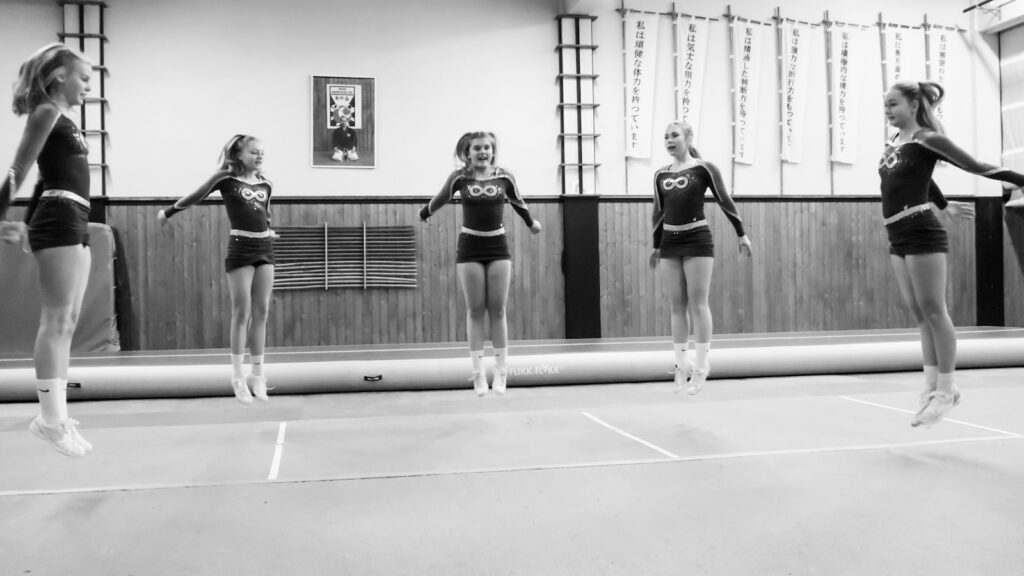
10. **The Rigorous, Merit-Based Selection Process** Central to the defense of male cheerleaders by NFL organizations is the emphasis on a rigorous, merit – based selection process that prioritizes talent and skill above all other factors. The Minnesota Vikings, for instance, explicitly declared, “Every member of the Minnesota Vikings Cheerleaders program possesses an impressive dance background and has undergone the same rigorous audition process.” This announcement directly counters any suggestion that male cheerleaders are included as a token gesture or without fulfilling the stringent performance standards expected of professional cheerleaders.
The Vikings further elucidated that individuals were selected specifically “because of their talent, passion for dance, and dedication to enhancing the game – day experience.” This statement emphasizes that the criteria for selection are purely performance – oriented, focusing on an individual’s capacity to contribute substantially to the squad’s overall quality and to elevate the fan experience. The implication is unequivocal: gender is neither a qualifying factor nor a disqualifying one; rather, it is the dancers’ demonstrated capabilities that secure their place on the team.
This steadfast commitment to a high – standard audition process ensures that all cheerleaders, irrespective of gender, are professionals who have secured their positions through demonstrated excellence. By highlighting the demanding nature of tryouts and the extensive dance backgrounds of their members, NFL teams reinforce that their cheerleading squads are athletic ensembles where talent, precision, and dedication are the foremost considerations. This emphasis on merit serves to legitimize the inclusion of male cheerleaders within the highly competitive realm of professional sports entertainment.
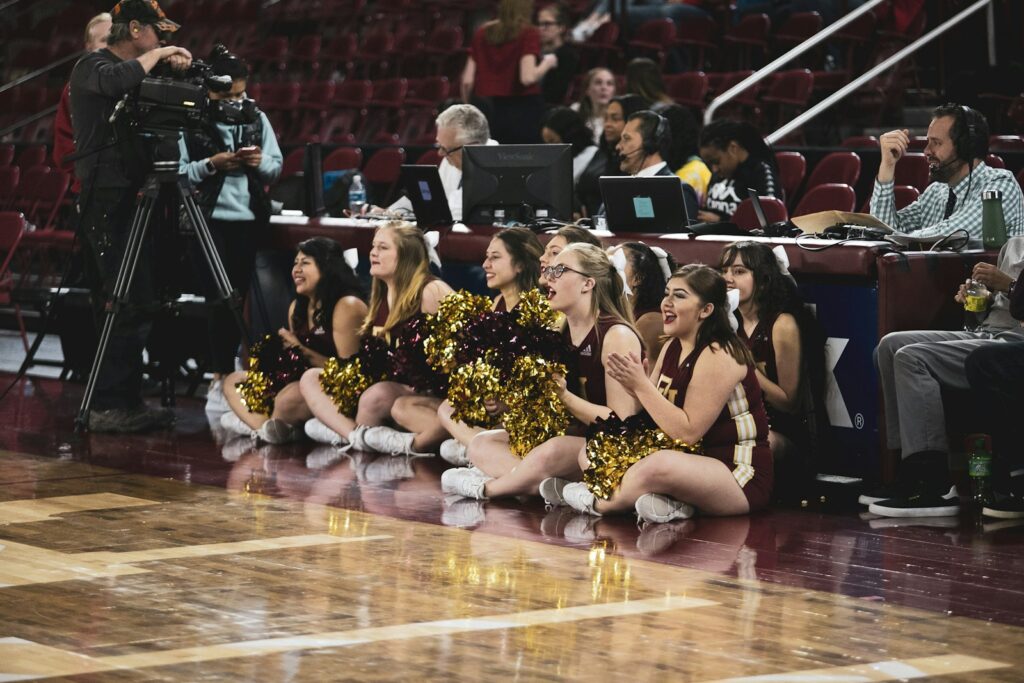
11. **The Growing Presence Across Multiple NFL Teams** Far from being an isolated incident, the inclusion of male cheerleaders in the NFL signifies a steadily advancing trend that has gathered substantial momentum since its commencement in 2018. While the recent controversy has thrust the Minnesota Vikings’ male cheerleaders into the limelight, the practice has quietly proliferated across the league. At present, roughly one – third of NFL teams incorporate male dancers into their cheer squads, a marked increase from previous seasons, indicating a league – wide, albeit gradual, acceptance of gender diversity in this role.
Looking forward to the 2025 season, reports suggest a continued expansion of this trend, with a total of twelve NFL franchises anticipated to include male performers. This growth is epitomized by the New Orleans Saints, who are reportedly slated to feature twelve men among their forty – seven performers on the 2025 Saints Cheer Krewe Roster. Notably, this expansion entailed the replacement of three women by men following competitive try – outs, indicating a bona fide integration based on skill and performance rather than symbolic gestures.
The roster of teams that have embraced male cheerleaders is growing increasingly diverse, reflecting a broader transformation in perception across the league. Beyond the trailblazing Los Angeles Rams and the recently controversial Minnesota Vikings, other teams now include the Carolina Panthers, Tampa Bay Buccaneers, Kansas City Chiefs, Indianapolis Colts, Tennessee Titans, New England Patriots, San Francisco 49ers, Philadelphia Eagles, and Baltimore Ravens. This widespread adoption across various divisions and regions demonstrates that the presence of male cheerleaders is solidifying as a legitimate and acknowledged aspect of modern NFL game – day entertainment, marking a significant evolution in the league’s traditions.
Read more about: Arizona Cardinals Send Shockwaves Through NFL with Veteran Quarterback Release, Placing Starting Role in Limelight
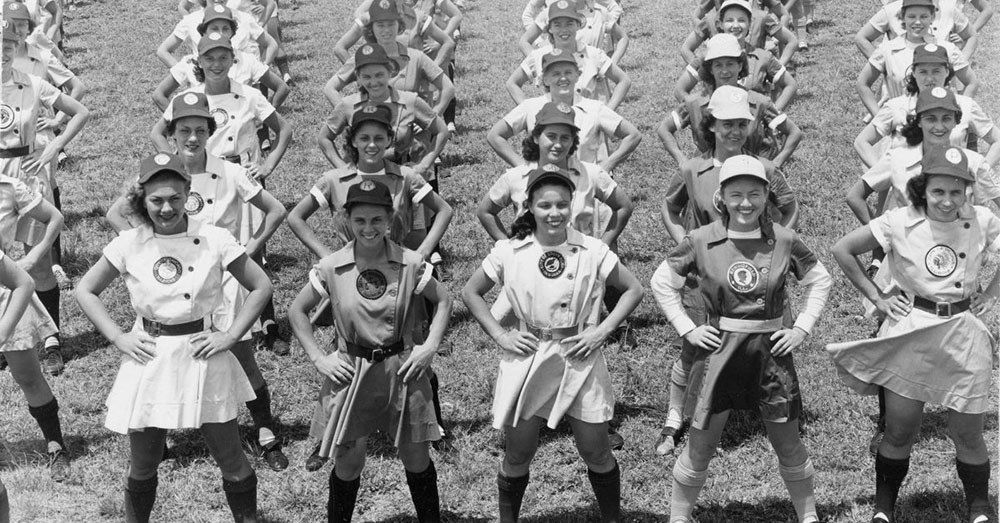
12. **The Evolution of Sports Culture and Gender Roles** The escalating presence of male cheerleaders in the NFL constitutes a definitive manifestation of a more extensive evolution in sports culture and a more flexible comprehension of gender roles within society. Historically, cheerleading itself originated as an all-male activity in the late 19th and early 20th centuries, prior to becoming predominantly female. The current trend signifies a return to these origins in certain respects, yet with a contemporary sensibility that challenges the rigid gender divisions which have long dictated who undertakes which roles in sports.
This shift indicates that professional sports, traditionally conservative institutions, are progressively adapting to contemporary social movements that advocate for enhanced inclusivity and identity recognition. The integration of men into what has evolved into a largely feminized activity challenges ingrained stereotypes, demonstrating that athleticism, showmanship, and the capacity to captivate a crowd are not exclusive to any single gender. It implies a burgeoning recognition that talent and passion should transcend traditional boundaries, enabling individuals to pursue activities that are in alignment with their skills and interests, irrespective of societal expectations.
Ultimately, the evolving composition of cheerleading squads functions as a conspicuous indicator of shifting cultural attitudes towards gender. It implies that while resistance to change endures, there is also a compelling impetus towards creating spaces where diverse expressions of talent are celebrated. This movement within the NFL mirrors broader societal dialogues about breaking traditional molds and fostering environments where individuals are valued for their contributions rather than adhering to predefined gendered roles, propelling sports towards a more inclusive future.
Read more about: Unbelievable ’70s Norms: 13 Shocking Things That Would Never Fly in Today’s World
13. **The Economic and Marketing Implications for the NFL** The NFL, as a colossal cultural and commercial enterprise, functions with a profound awareness of its public image and market penetration. The league’s management of the male cheerleader controversy, much akin to its handling of preceding social justice issues, mirrors a sophisticated balancing act between catering to its diverse fan base and modernizing its brand. The inclusion of male cheerleaders can be regarded as a strategic maneuver to extend the league’s appeal to younger, more diverse demographic groups who increasingly prioritize inclusivity and representation.
In a swiftly transforming entertainment landscape, sustaining relevance necessitates adapting to evolving societal values. By projecting a more inclusive image on the sidelines, the NFL can elevate its brand as a progressive and visionary organization, potentially drawing in new audiences and sponsorship prospects. This modernization strategy aids the league in remaining current and in sync with a younger generation that is less bound by traditional gender norms and more receptive to diverse representation across all forms of entertainment.
While such initiatives inevitably invite criticism from more conservative factions, the long-term economic and marketing advantages of appearing inclusive and contemporary may surpass the short-term backlash. The league’s proficiency in navigating these cultural flashpoints—while safeguarding its cheerleaders and their merit-based selection—demonstrates a strategic endeavor to foster an image that is both firmly entrenched in American tradition and responsive to the exigencies of a changing society. This approach is aimed at securing the NFL’s status as a premier entertainment product capable of resonating with a broad and diverse audience for years to come.
Read more about: Beyond the Boardroom: Exposing the ‘Legal’ Corporate Structures Behaving Like Organized Crime Syndicates

14. **The Ongoing Dialogue and Future Outlook** The debate concerning male NFL cheerleaders, albeit intensely public, is ultimately a particular manifestation of a far more extensive, ongoing discourse within American society regarding gender, tradition, and progress. It underscores the enduring tension between those who endeavor to uphold established norms and those who champion greater inclusivity and flexibility across diverse domains, especially in the highly conspicuous arena of professional sports. Consequently, the controversy functions as a significant cultural indicator.
Despite the fervent reactions from both factions, the trend of male cheerleaders in the NFL is unmistakably gaining momentum, transcending an experimental stage to emerge as an increasingly established component of game-day entertainment. The league’s unwavering defense of its cheerleaders, combined with the growing number of teams adopting this practice, implies a steadfast commitment to this course. This suggests that while the discourse will undoubtedly persist, the trajectory of NFL cheerleading points towards enhanced gender diversity and an acknowledgment of talent regardless of traditional roles.
The future of cheerleading, and indeed of professional sports on a broader scale, will probably be typified by continuous evolution. As society grapples with intricate questions of identity and representation, sports leagues such as the NFL will remain pivotal platforms where these discussions unfold. The journey toward a more inclusive sporting culture may be characterized by further challenges and debates, but the tenacity of athletes like Blaize Shiek and Louie Conn, coupled with the organizational support they receive, indicates a persistent impetus toward embracing a broader, more diverse vision of athletic excellence.
Read more about: Los Angeles: A Tapestry of Histories, Demographics, and Enduring Challenges
This evolving landscape beckons us all to contemplate what genuinely constitutes tradition and how our most cherished cultural institutions can adapt and flourish by embodying the paramount of our collective aspirations for equality and opportunity.

